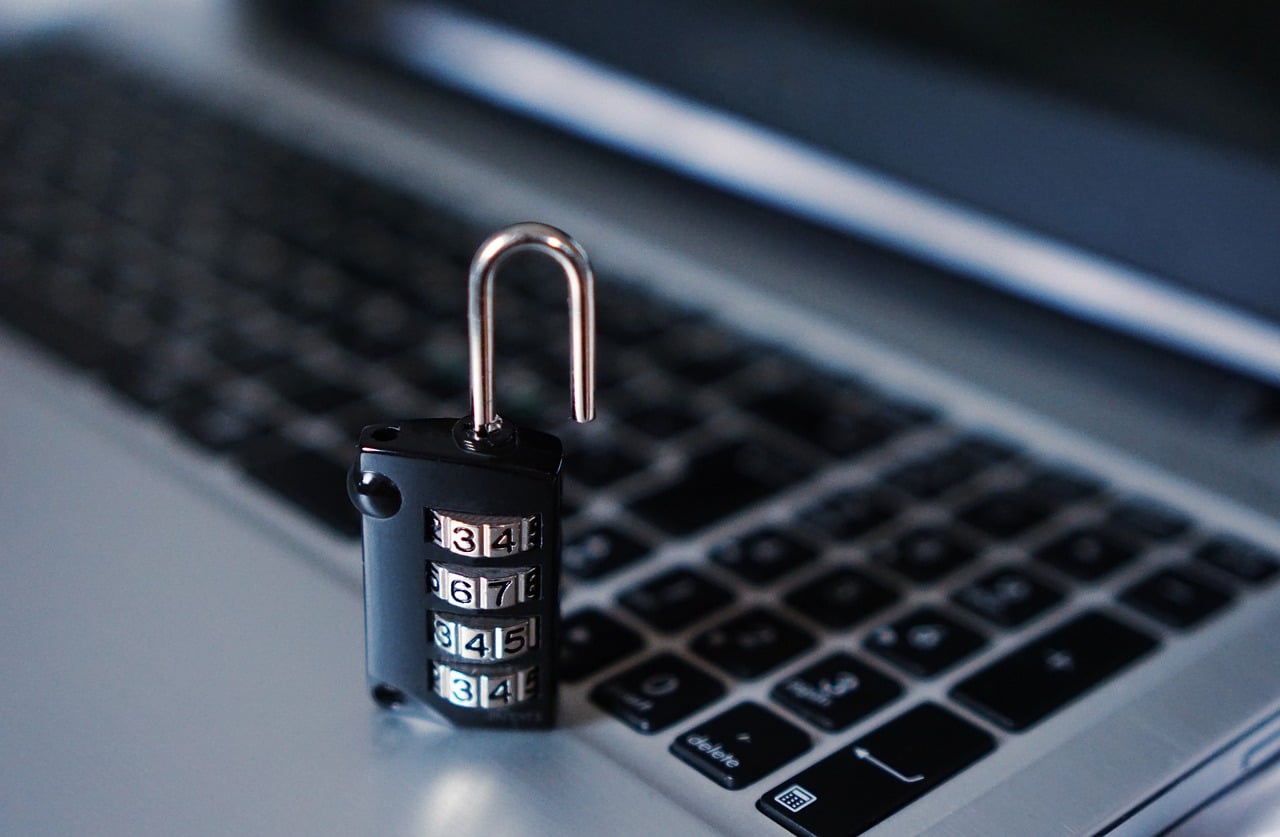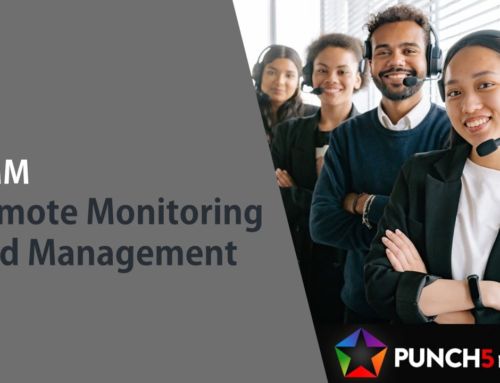Principle of Least Privilege
The principle of least privilege, also known as the principle of minimal privilege or just least privilege, is a best practice in cybersecurity which requires that users be given the absolute minimum permissions necessary to perform their tasks.
This principle is important because it helps to reduce the risk of accidental or intentional damage to systems and data. By only granting the bare minimum permissions, it becomes much harder for users to inadvertently or maliciously cause harm. The concept of POLP isn’t limited to just human users; it also applies to anything that requires privileges or permissions to perform a required task. This can include applications, systems or external devices.

Table of Contents
Principle of Least Privilege vs. Complete Access
The principle of least privilege is often contrasted with the concept of complete access. Under a complete access model, all users would have full permissions to all systems and data. This would obviously be very insecure, as any user could easily damage or destroy everything. The principle of least privilege seeks to mitigate this risk by carefully controlling what each user is able to do.
Complete access is sometimes necessary, but it should be the exception rather than the rule. In most cases, it’s best to give users only the permissions they need to do their job and nothing more.
How to Implement Principle of Least Privilege
There are a few different ways to implement the principle of least privilege. One common approach is to use role-based access control (RBAC). This method uses roles to group together users with similar permissions. So, rather than assigning permissions to individual users, you would assign them to roles and then add users to those roles. For example, a user in the “administrator” role might have full permissions to all systems, while a user in the “guest” role might only have limited access. This can be a more efficient way to manage permissions, especially in large organizations.
Another approach is to use activity-based authorization. This involves carefully monitoring what users are doing and only granting permissions for the specific activities that they need to perform. For example, a user might be allowed to view certain data but not modify it.
No matter which approach you choose, the goal is the same: to carefully control what each user is able to do. By giving each user only the permissions they need to do their job, you can help reduce the risk of accidental or malicious damage to your systems and data.
What is Privilege Creep?
Privilege creep is the gradual accumulation of privileges over time. It’s a common problem in many organizations, as users are often given more permissions than they need. This can happen for a variety of reasons, such as changes in job responsibilities or the addition of new features that require additional permissions. Privilege creep can be a serious security risk, as it can allow users to gain access to sensitive data or systems that they normally wouldn’t have.
Common ways to reduce the risk of privilege creep include:
- Regularly review user permissions and remove any unnecessary privileges.
- Implement role-based access control to group users with similar permissions.
- Monitor what users are doing and only grant permissions for specific activities as needed.
Why is the Principle of Least Privilege Important?

The principle of least privilege is important because it helps to reduce the risk of accidental or intentional damage to systems and data. By only granting the bare minimum permissions, it becomes much harder for users to inadvertently or maliciously cause harm.
By implementing the Principle of Least Privilege, you can:
- Reduce the risk of cyber attack: By only granting the permissions that are absolutely necessary, you can help to reduce the attack surface of your systems. This makes it harder for attackers to gain access to sensitive data or perform unauthorized actions.
- Improve system stability: By carefully controlling what users can do, you can help to prevent them from accidentally making changes that could break something. This can improve the stability of your systems and help to avoid disruptions.
- Simplify security: By only granting the minimum permissions, you can make it easier to manage security. This can simplify things like auditing and compliance, as there will be fewer permissions to track.
- Stop the spread of malware: By limiting what users can do, you can help to prevent the spread of malware. For example, if a user only has read-only access to a file, they will not be able to infect it with malware.
- Meet regulatory requirements: Many regulatory regimes, such as HIPAA and PCI DSS, require the use of least privilege. By implementing the principle of least privilege, you can help to ensure compliance with these regulations.
Wrap Up
The principle of least privilege is a core element of zero trust approaches to cybersecurity. By carefully controlling what users can do, you can help to reduce the risk of accidental or malicious damage to systems and data. Consider using Privilege Access Management (PAM) solutions to help you implement the principle of least privilege in your organization. The goal is to give each user only the permissions they need to do their job, no more and no less.



